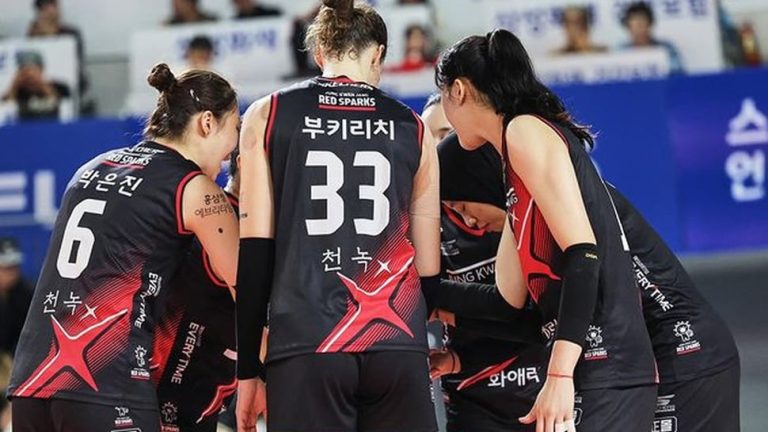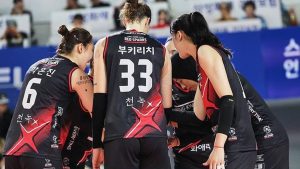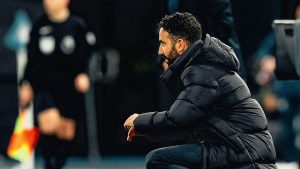The closeness between esports car racing with the world of real car racing (motorsports) is something that is quite widely recognized by industry players. Compared to other branches of esports, esports car racing is indeed very similar to the actual activity. The FIA car racing association also recognizes that sport has created a bridge that makes the world of car racing more accessible to potential athletes, and it’s not uncommon for motorsports athletes to come from the world of esports in the future.
Many well-known racing organizations now have quite a number of esports divisions. For example Mercedes in the F1 world, or NASCAR teams that some time ago competed in the eNASCAR Heat Pro League. Renault is one of them, and some time ago Reuters reported what this organization was like to train and develop the talents of their virtual drivers.
Apparently, Renault applies a number of similar methods in training real and virtual F1 drivers. Especially in the field of physical fitness, because it is quite important both for both types of drivers.
Indeed the physical demands of esports athletes have differences with F1 athletes. For example, esports athletes do not need to do neck strength training to resist g-force. They also don’t need to adjust to extreme temperatures or dehydration problems. But there are similarities that both must show the best performance under stressful conditions.
“Physical exercise in esports is more about maintaining health, keeping your body flexible because it’s clear that sitting in a simulator for a long time will make your body stiff. You want to maintain as much flexibility as possible for fast reaction and coordination. In real world motorsports you want to train to be ready to face the g-force, and the heat, “said Jarno Opmeer, an esports athlete on the Renault Sport Team Vitality team.
One example, in practice F1 and esports drivers at Renault both use a device called “Batak”. This tool can train vision, reaction, and eye and hand coordination. In addition, the nutrition of esports athletes is also maintained, their heart rates are monitored, even the hours of sleep are regulated.
“All this is worth it and indeed it has an impact. If they can feel more focused and attend the event a little more confident, it will ultimately have a greater impact, “said David Thompson, Head of Human Performance at Renault Sport,” There are many relationships and crosses that we try to bring between the two side (esports and motorsports). This has also been responded well by people. “
In addition to the training method, Renault also utilizes other resources from the F1 division for esports, for example in terms of data analysis. Telemetry results from games competed in esports were analyzed by the Renault IT team, using the same system as the grand prix match analysis. From this analysis the team of engineers can then make recommendations, for example changes in gas or brakes as to what is appropriate, as well as setting other variables.
“From an IT perspective this season is a learning season for us. But entering 2020, we want our engineers to treat every esports event like a real racing event, “said Ben Hampshire, F1 IT Manager at Renault,” This shows Renault’s seriousness in the field of esports with real advantages, not only for esports but also for our real F1 program. “
Renault realized that they were not alone in this effort. Precisely according to Hampshire, at least the top three F1 teams also did the same thing. Indeed some time ago Mercedes was reportedly also doing data analysis for esports performance. Whether this approach can make Renault’s performance improve in 2020. It seems possible, but only time will answer it.
















